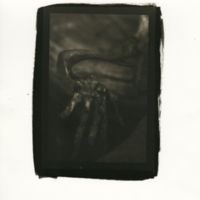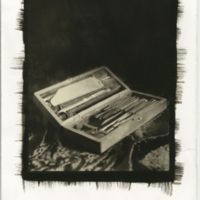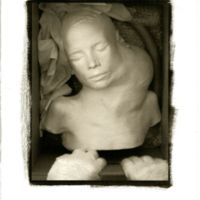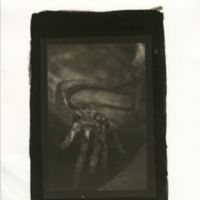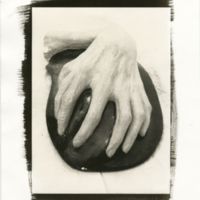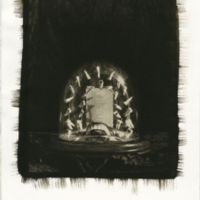Platinum/ Palladium
Platinum printing, also known as the plantiotype, is a process that first began in the mid 19th Century. This process is achieved by combining liquid platinum with ferric oxalate, which then is exposed to ultraviolet light. Platinum printing is the most archival of all photographic techniques, given the stability of the precious metal.
Platinum prints are rich, capable of 33 monochromatic tones, compared to conventional black and white silver gelatin prints which can only provide 8 tones. Palladium is often used as an alternative to platinum, being that it is a sister element. Palladium tends to render warmer prints, while pure platinum is cooler, but they may also be combined.

